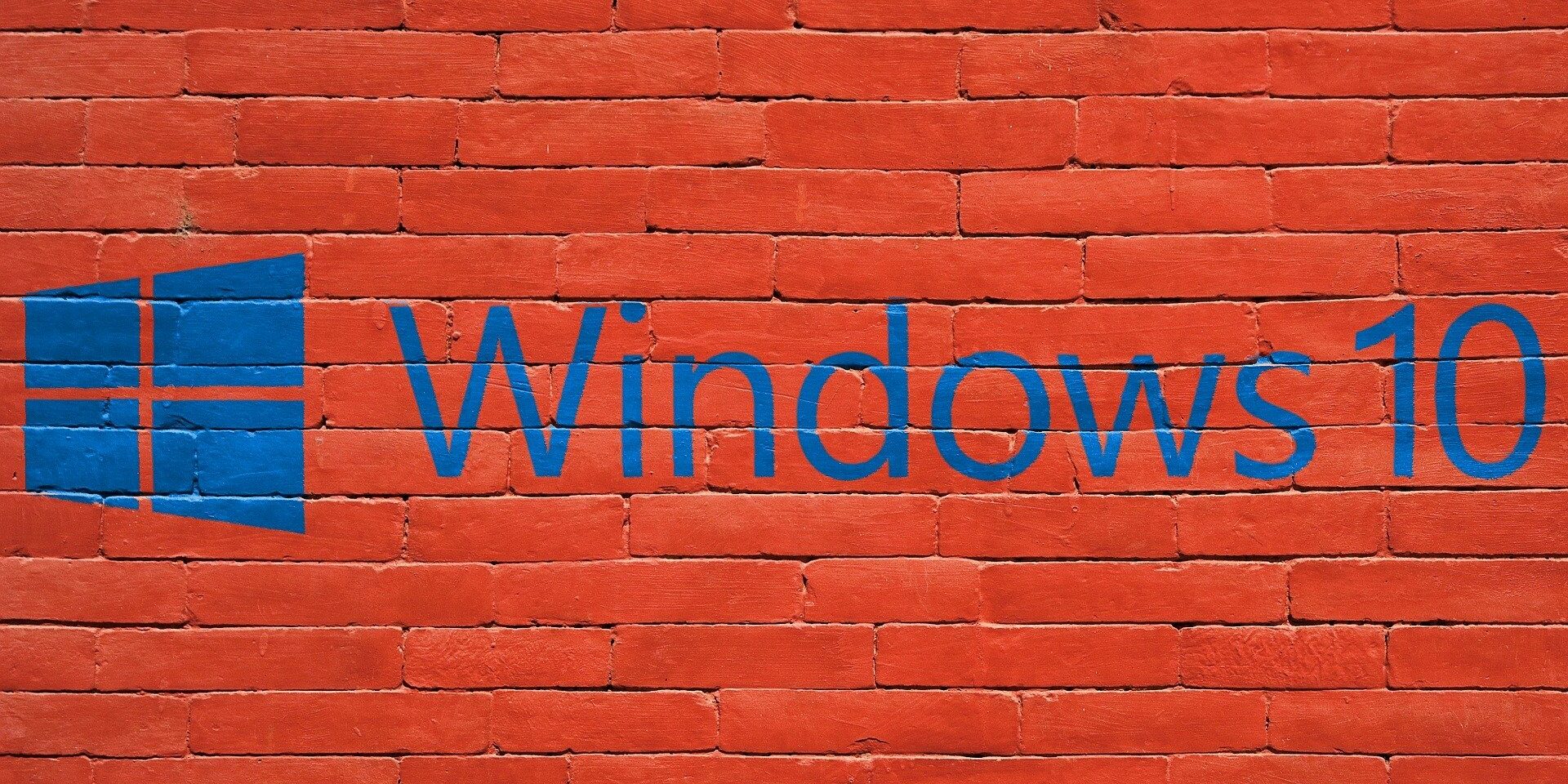As of 14 October 2025, Microsoft will officially end support for Windows 10. This means that after this date, there will be no further security updates, technical assistance, or software updates provided for Windows 10. For businesses in the UK, this development necessitates proactive planning to ensure systems remain secure, efficient, and compliant. Understanding the available upgrade paths is crucial for a seamless transition.
Understanding Windows 10 End of Life
The end of support for Windows 10 implies that while the operating system will continue to function, it will no longer receive critical security patches or updates. Operating on an unsupported OS exposes businesses to potential security vulnerabilities, compliance issues, and compatibility challenges with newer applications. Therefore, it’s imperative for organisations to evaluate their current IT infrastructure and plan for an upgrade.
Upgrade Path 1: Transition to Windows 11
The most straightforward upgrade path is moving to Windows 11, Microsoft’s latest operating system. Windows 11 offers enhanced security features, a redesigned user interface, and improved performance. However, it’s essential to note that Windows 11 has specific hardware requirements, including:
- A compatible 64-bit processor (1 GHz or faster, with at least two cores)
- 4GB RAM (minimum, 8GB recommended for business use)
- 64GB storage (minimum, additional space recommended for optimal performance)
- UEFI firmware with Secure Boot capability
- Trusted Platform Module (TPM) version 2.0
Businesses should assess whether their existing hardware meets these requirements. If not, upgrading to newer hardware may be necessary to ensure compatibility with Windows 11.
Upgrade Path 2: Extended Security Updates for Windows 10
For organisations that are not ready to transition to Windows 11 immediately, Microsoft is expected to offer Extended Security Updates (ESU) for Windows 10. These updates will be available at an additional cost and will provide essential security patches beyond the official end-of-life date. This option can serve as a temporary solution for businesses that require more time to upgrade their systems.
Upgrade Path 3: Migration to Windows 365 Cloud PC
Microsoft’s Windows 365 Cloud PC provides a cloud-based alternative, allowing businesses to run a virtualised Windows experience on any device. This solution is ideal for businesses looking to enhance flexibility, scalability, and security while reducing reliance on on-premises hardware. Windows 365 ensures automatic updates, secure cloud storage, and remote accessibility, making it an attractive option for hybrid and remote work environments.
Upgrade Path 4: Exploring Alternative Operating Systems
Some organisations may choose to explore alternative operating systems such as Linux distributions (e.g., Ubuntu, Fedora) or macOS if they are open to changing their IT ecosystem. However, this path requires thorough evaluation of software compatibility, staff training, and IT support considerations.
Key Considerations for a Smooth Transition
To ensure a successful migration from Windows 10, businesses should take the following steps:
- Conduct a comprehensive IT audit – Assess all hardware and software currently in use to determine compatibility with Windows 11 or alternative solutions.
- Plan for budget and resources – Consider the cost of hardware upgrades, licensing fees, and IT support.
- Test the new environment – Deploy Windows 11 or other OS solutions in a controlled test environment before company-wide implementation.
- Train employees – Ensure staff are equipped with the knowledge needed to navigate new operating systems effectively.
- Engage with IT specialists – Work with IT professionals to streamline the transition process and mitigate potential risks.
How Link ICT Can Assist Your Business
At Link ICT, we understand the complexities of transitioning to a new operating system. Our IT support and consultancy services can help businesses seamlessly upgrade from Windows 10 while ensuring minimal disruption to operations. We offer:
- Comprehensive IT audits to assess upgrade readiness
- Strategic planning for cost-effective migration
- Deployment and configuration of Windows 11 or alternative solutions
- Ongoing support and cybersecurity enhancements
- Training sessions to help employees adapt to new systems
Don’t wait until the last minute to plan your upgrade. Contact Link ICT today to discuss how we can support your business through a smooth and secure transition from Windows 10.


